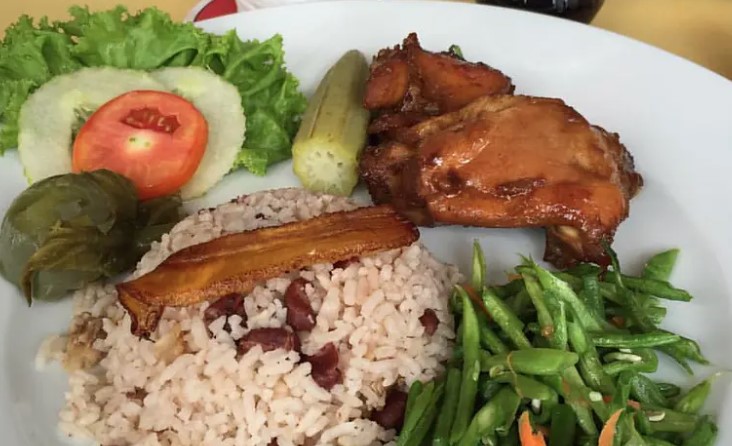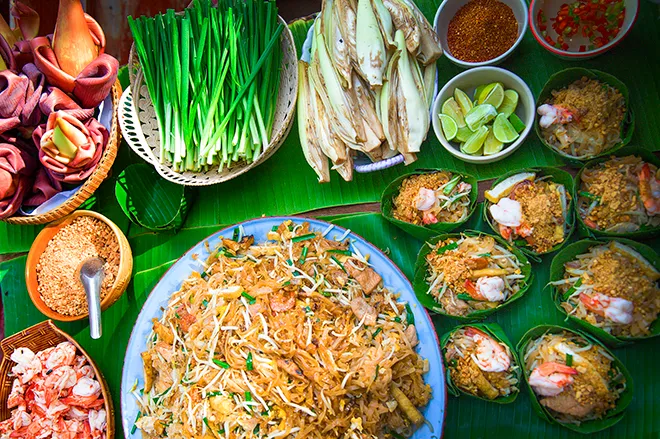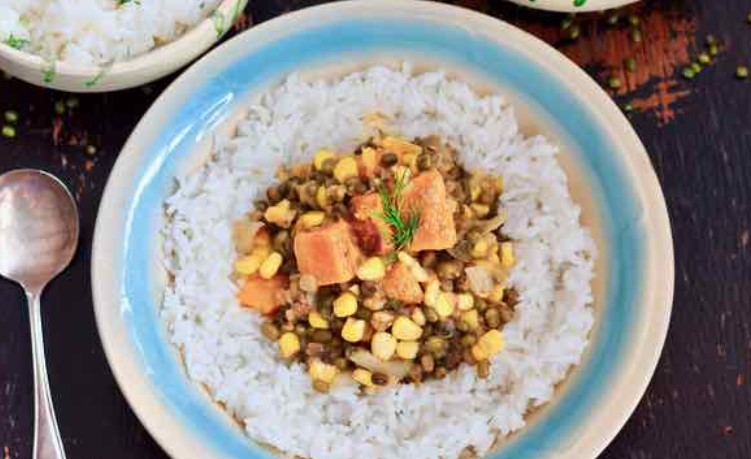Introduction: Rice and Surinamese Cuisine
Rice is a staple food in many cuisines across the world, and Surinamese cuisine is no exception. Suriname is a country in South America, with a diverse population that includes indigenous people, Africans, East Indians, Javanese, and Chinese. Each of these groups has brought their own culinary traditions to Suriname, resulting in a unique mix of flavors and ingredients.
Rice is a key ingredient in Surinamese cuisine, and it is used in a variety of dishes, from savory main courses to sweet desserts. Rice is also an important part of Surinamese culture, playing a role in traditional festivities and celebrations.
Rice as a Staple Food in Suriname
Rice is grown locally in Suriname, and it is a highly valued staple food. It is an affordable source of carbohydrates and a versatile ingredient that can be prepared in many different ways. In Suriname, rice is often served with meat or fish, vegetables, and a spicy sauce. This classic combination is known as “nasi,” and it is a popular dish in Surinamese homes and restaurants.
Many Surinamese also enjoy eating rice for breakfast, often with eggs and sausage. This dish is called “broodje bakkeljauw,” and it is a favorite among locals. Rice is also a common ingredient in soups, stews, and curries, which are popular dishes in Suriname.
Traditional Rice Dishes in Suriname
One of the most famous rice dishes in Suriname is “pom,” which is a traditional Afro-Surinamese dish. Pom is a casserole made with grated cassava, chicken or salted cod, and a blend of spices. The cassava is mixed with rice flour and baked in the oven until crispy on top and moist inside. Pom is usually served with rice, and it is a staple dish at many Surinamese celebrations.
Another popular rice dish in Suriname is “bami,” which is a type of fried rice. Bami is made with thin noodles that are stir-fried with vegetables, meat or shrimp, and a blend of spices. Bami is often served as a side dish or a main course, and it is a favorite among Surinamese of all backgrounds.
Influence of Other Cultures on Surinamese Rice Dishes
Suriname is a melting pot of cultures, and this diversity is reflected in its cuisine. Many Surinamese rice dishes have been influenced by other cultures, such as Chinese and Indian cuisine. For example, “nasi goreng” is a Chinese-inspired fried rice dish that is popular in Suriname. It is made with rice, vegetables, eggs, and meat or shrimp, and it is seasoned with soy sauce and spices.
Another dish with Indian influences is “roti,” which is a type of flatbread that is often served with rice and curries. Roti is made with flour, water, and oil, and it is cooked on a griddle. It is typically eaten with curried vegetables or meat, and it is a staple food in many Surinamese households.
Rice in Surinamese Festivities
Rice plays an important role in Surinamese festivities, especially during religious and cultural celebrations. For example, during Diwali, the Hindu festival of lights, rice is used to make “sweet rice,” a dessert made with rice, milk, sugar, and spices. Sweet rice is often served with fruits and nuts and is considered a symbol of prosperity and good luck.
During Christmas, many Surinamese families cook “rijsttafel,” which is a traditional Dutch-Indonesian feast that includes rice and a variety of side dishes. Rijsttafel is a great example of the fusion of cultures in Suriname, and it is a beloved tradition among Surinamese of all backgrounds.
Conclusion: Rice, a Key Ingredient in Surinamese Cuisine
In conclusion, rice is a key ingredient in Surinamese cuisine, and it is a staple food that is eaten in many different ways. From traditional Afro-Surinamese dishes like pom to Chinese-inspired nasi goreng and Dutch-Indonesian rijsttafel, rice has been influenced by many cultures and is an essential part of Surinamese culture and celebrations. Whether eaten as a main course, a side dish, or a dessert, rice is a beloved ingredient in Surinamese cuisine and a testament to the country’s rich culinary heritage.




